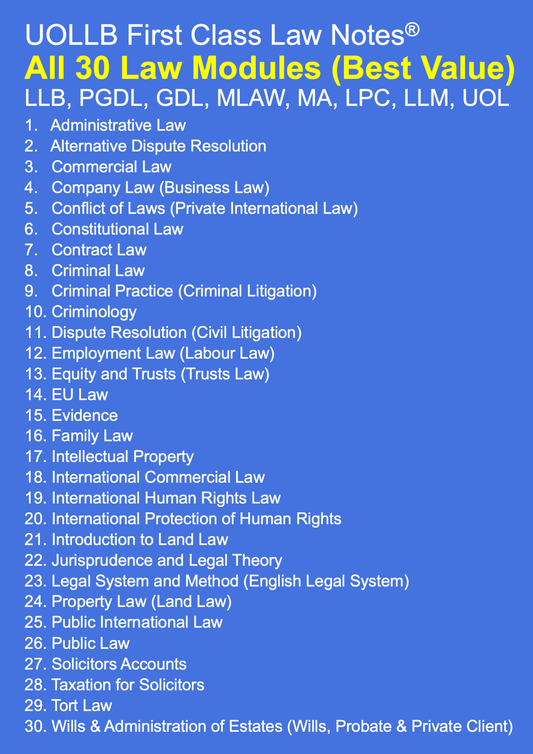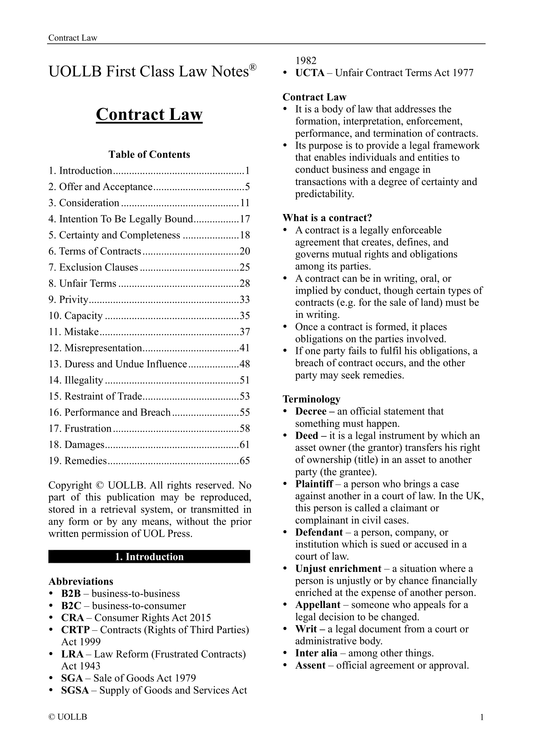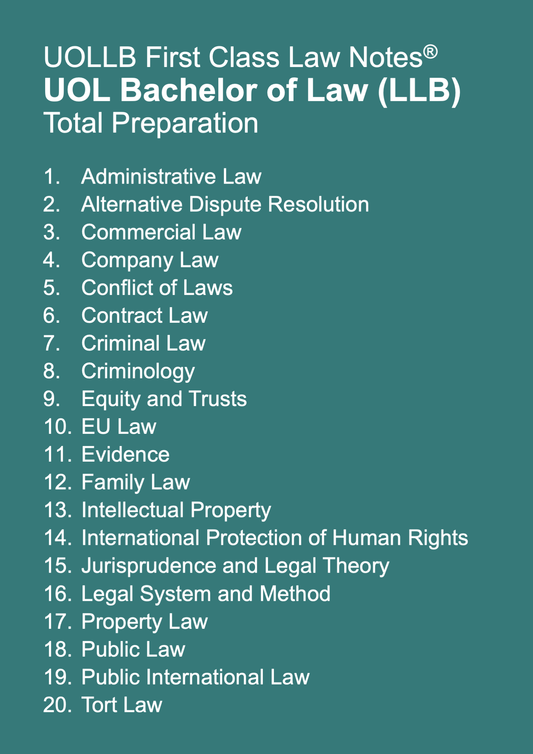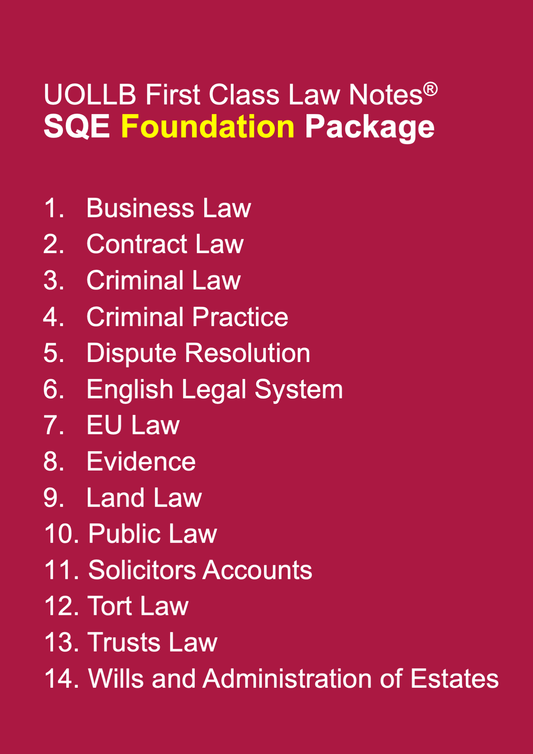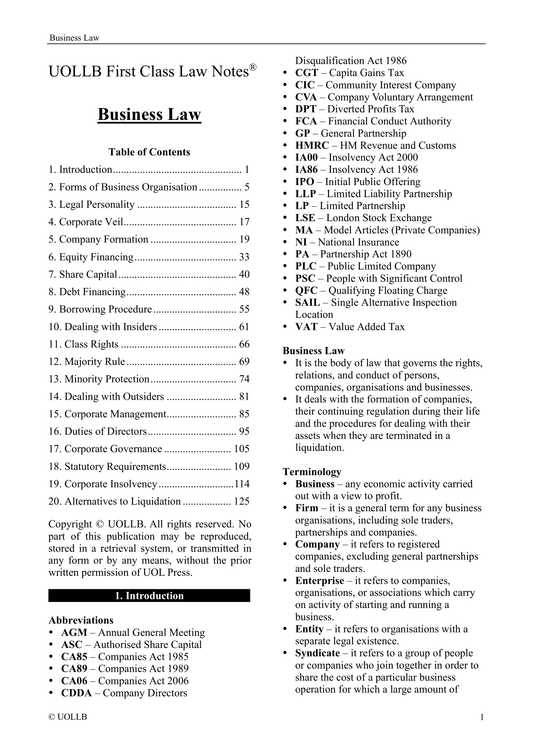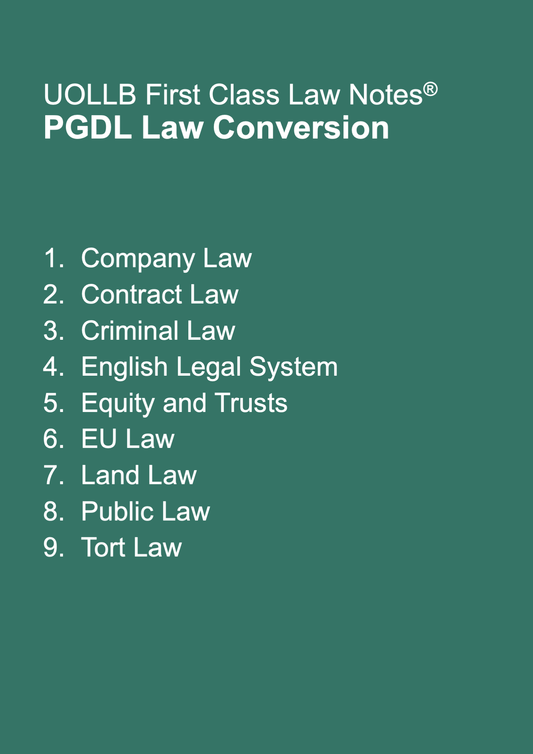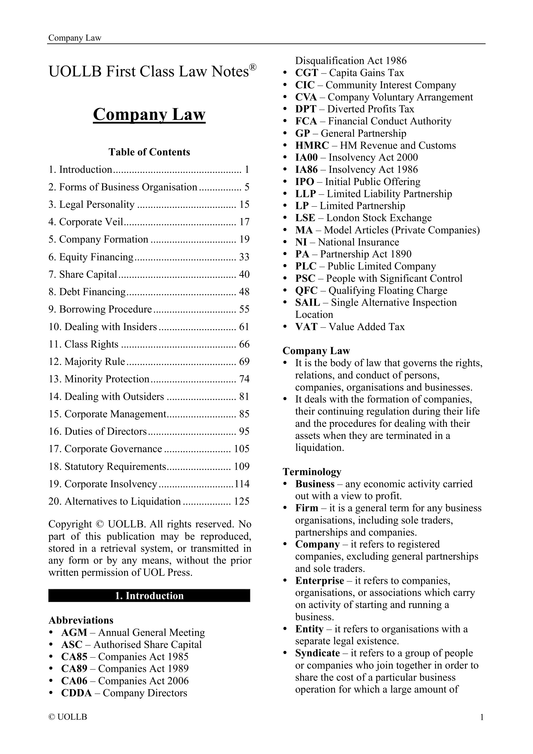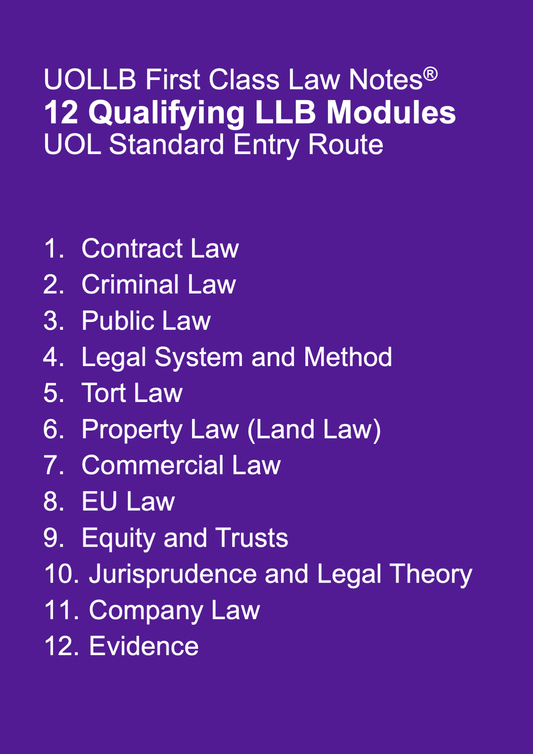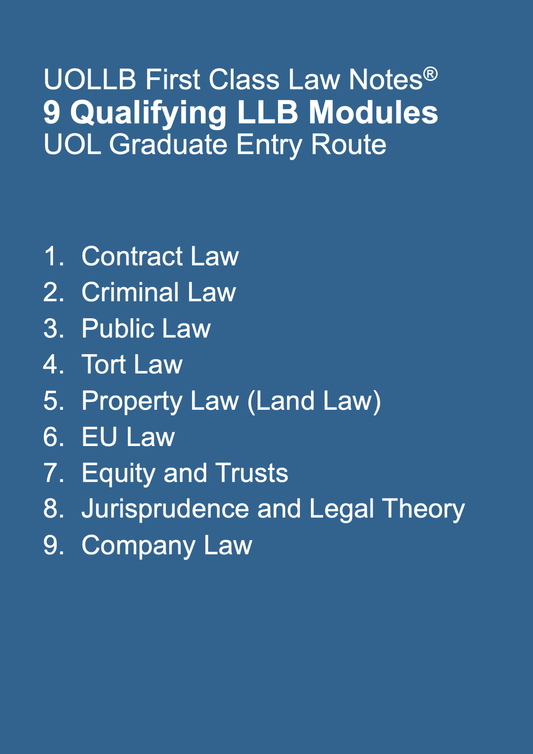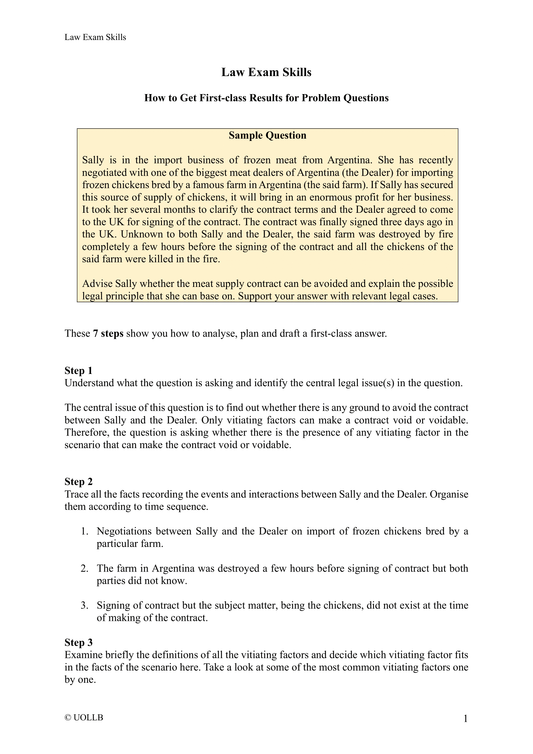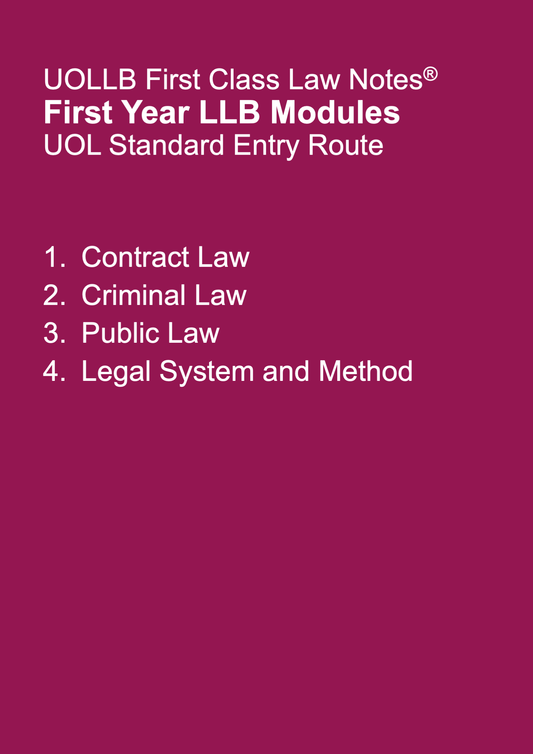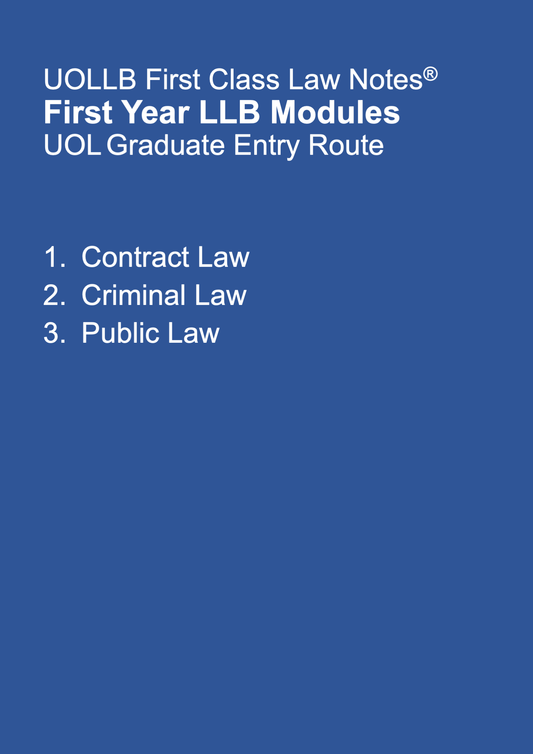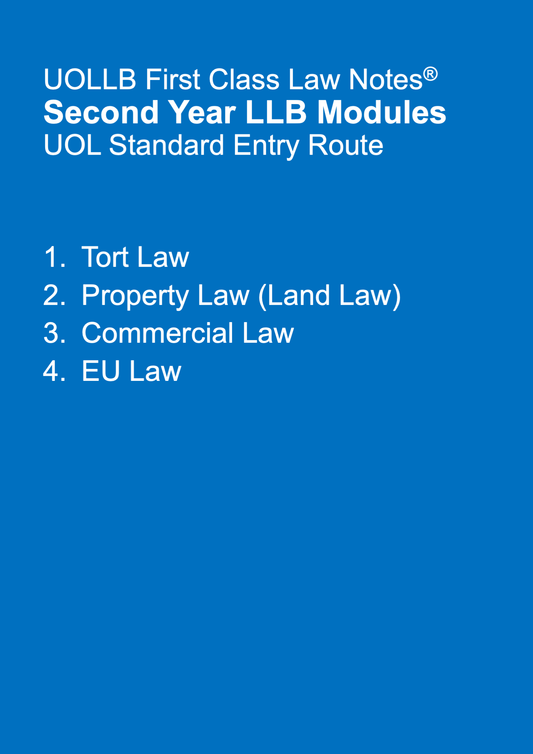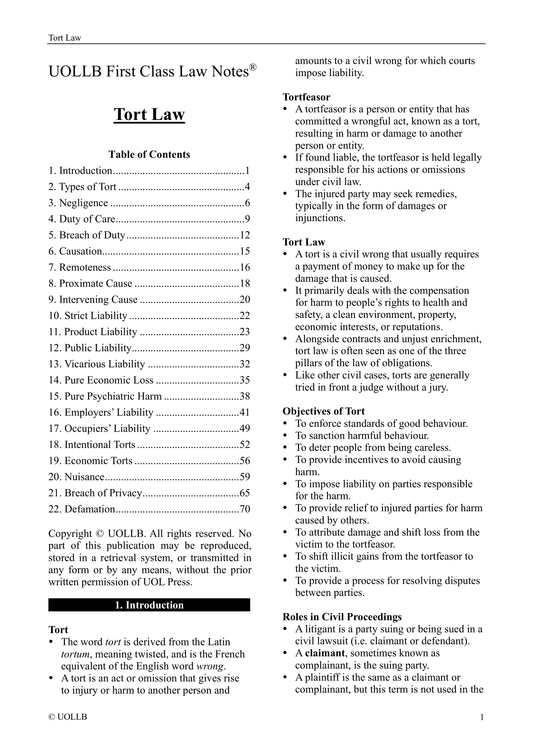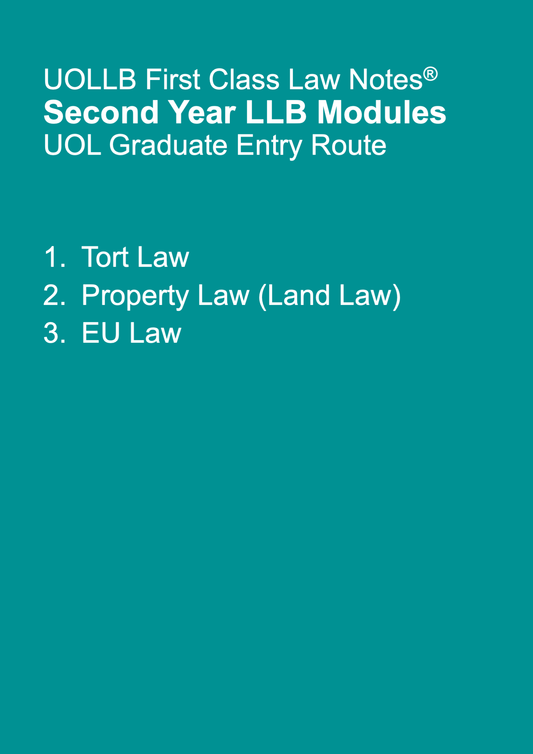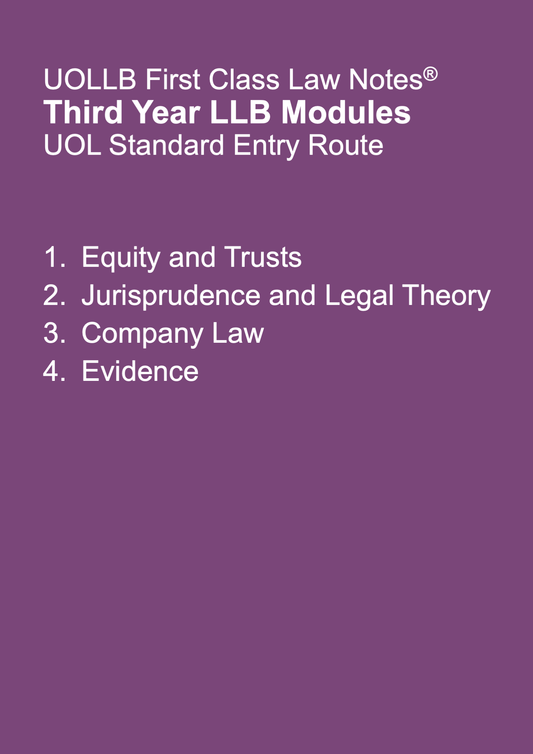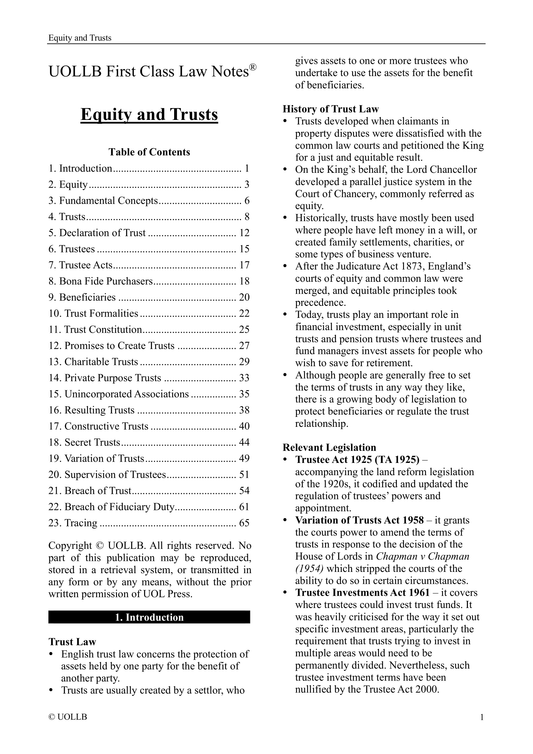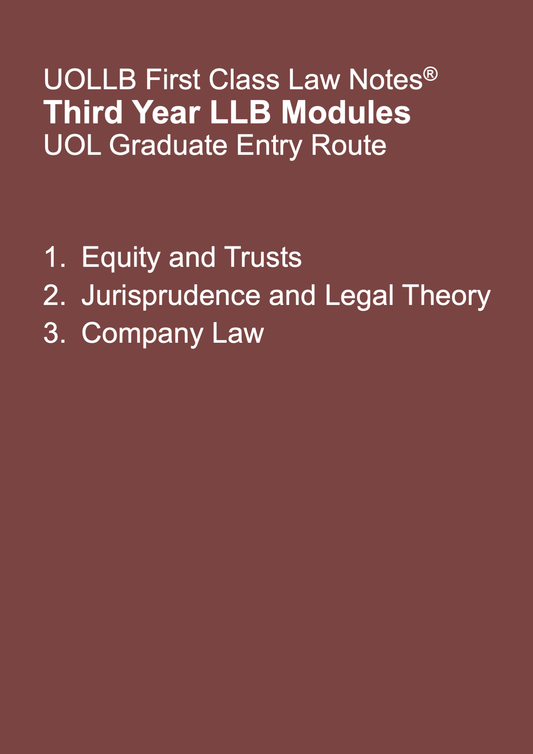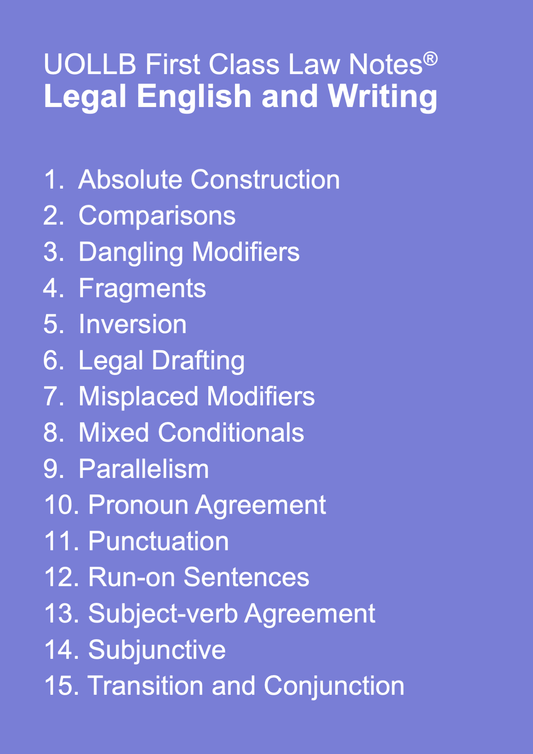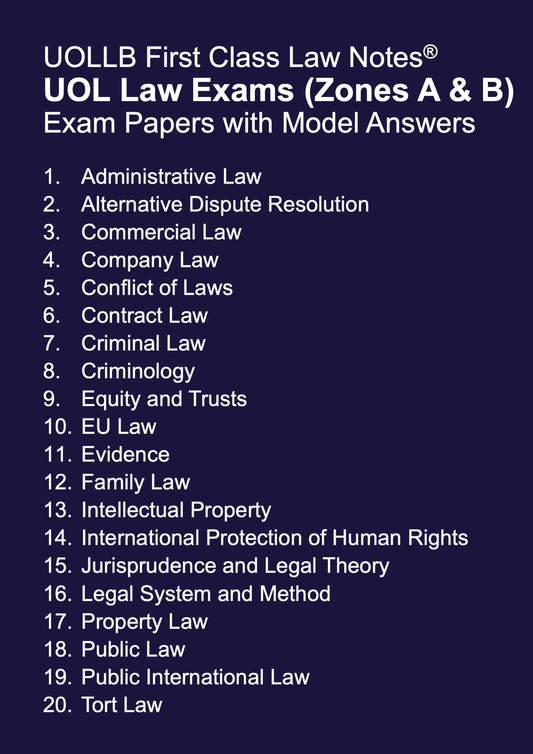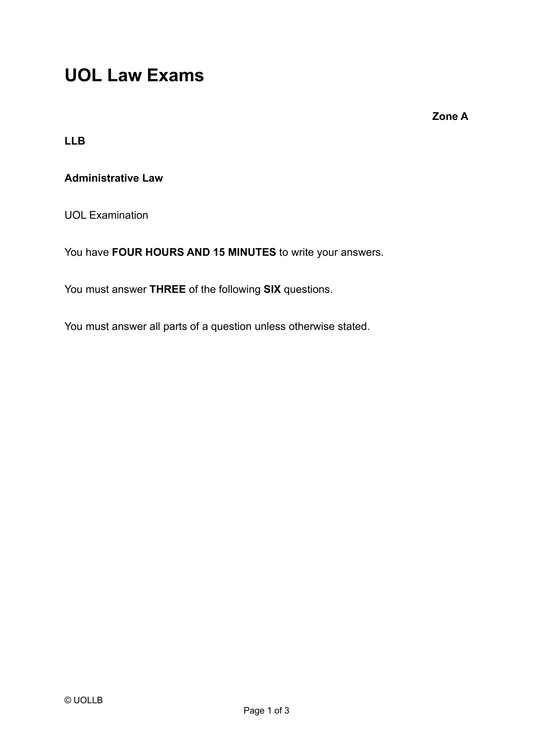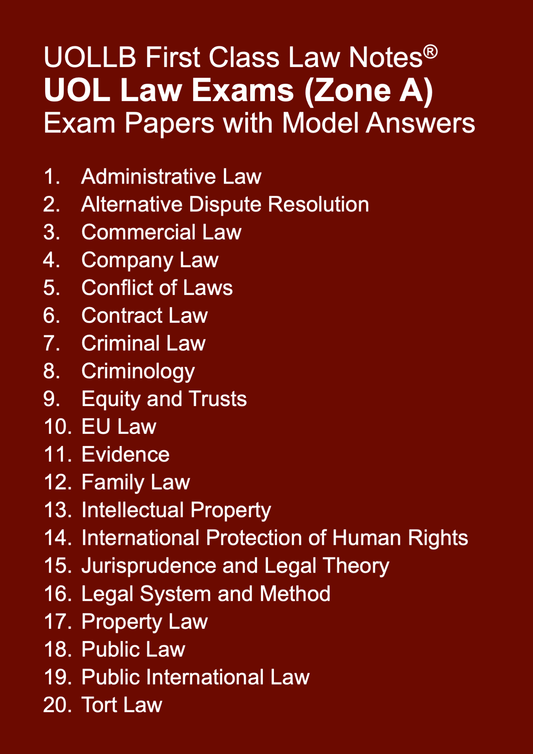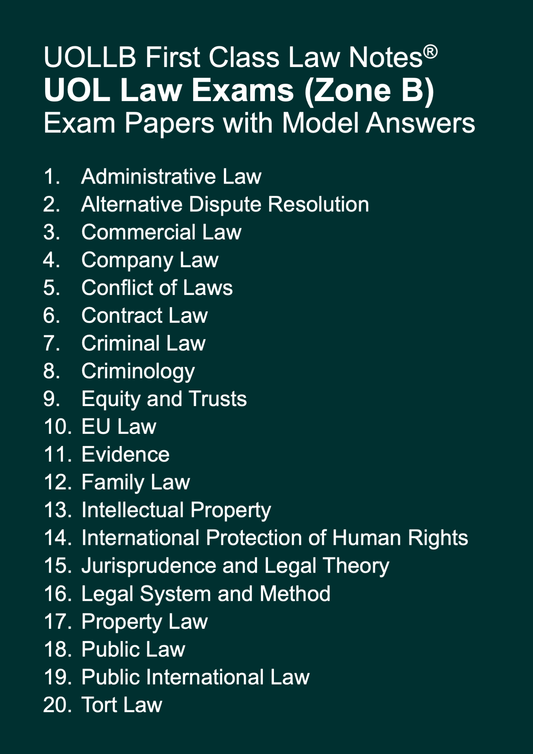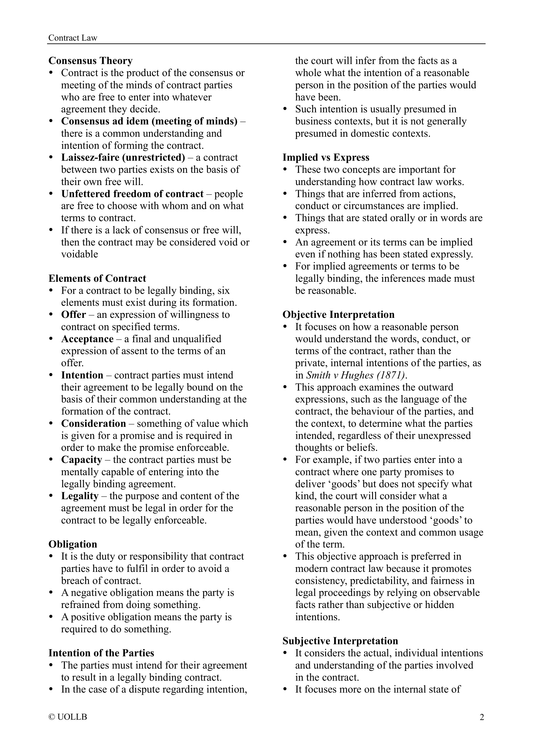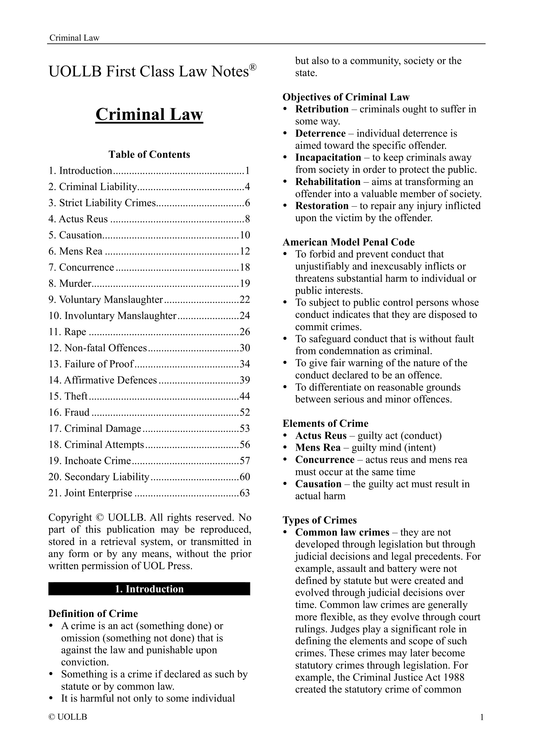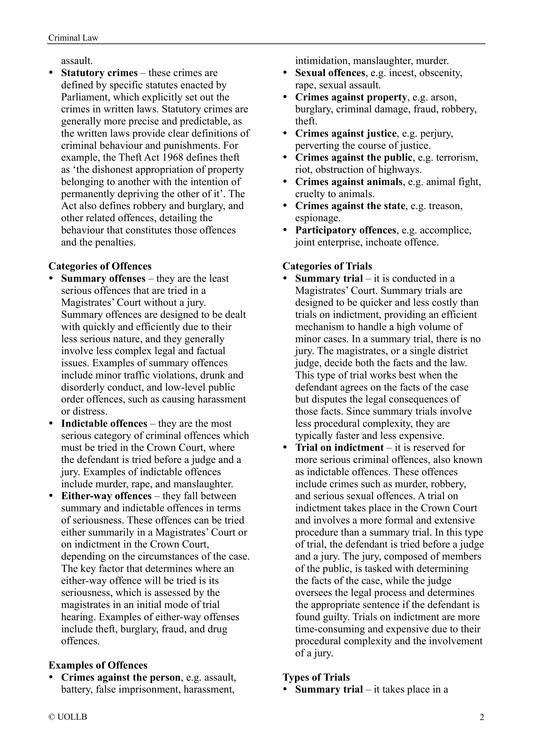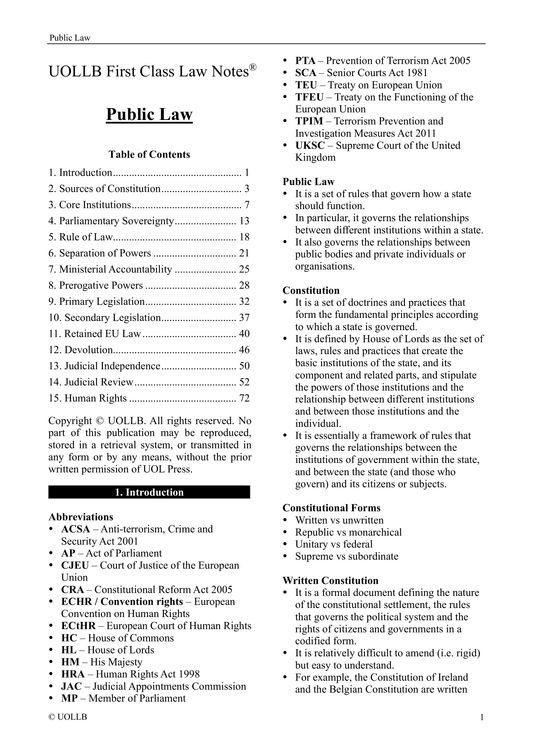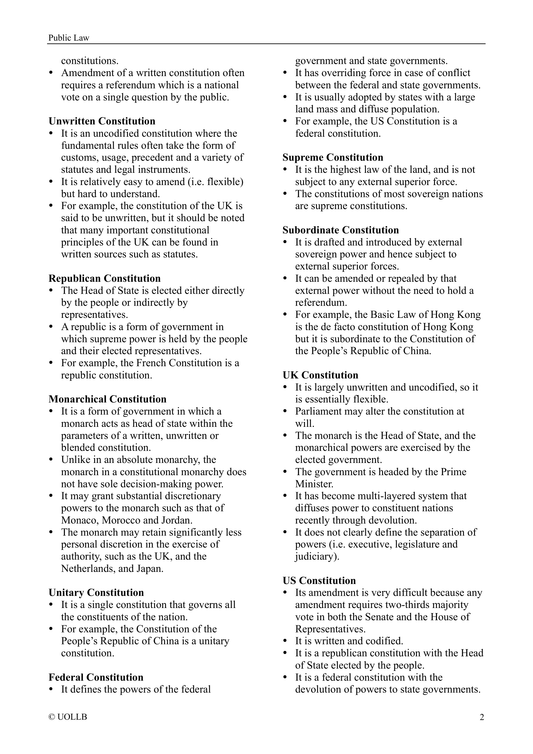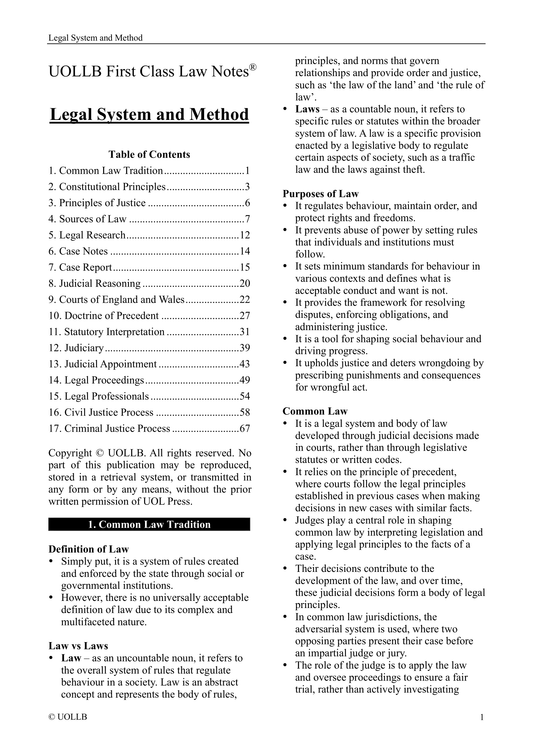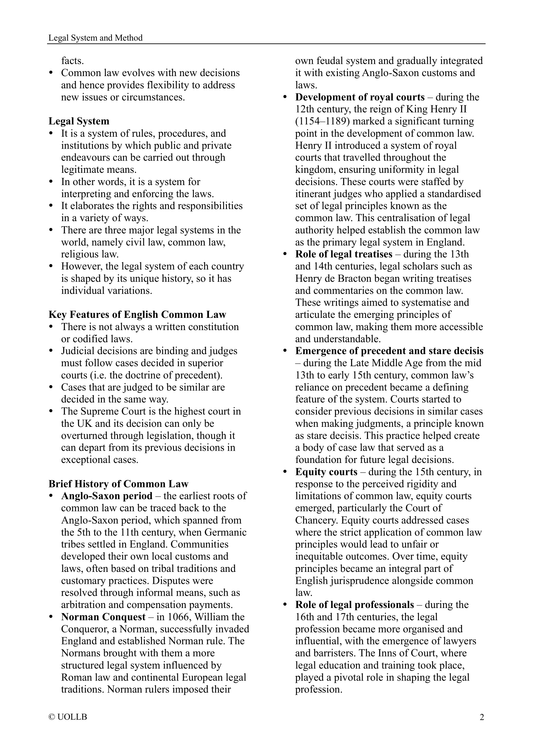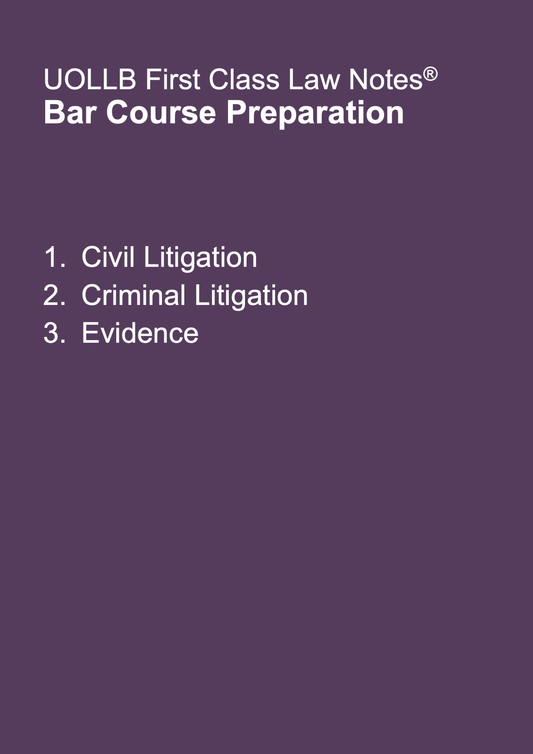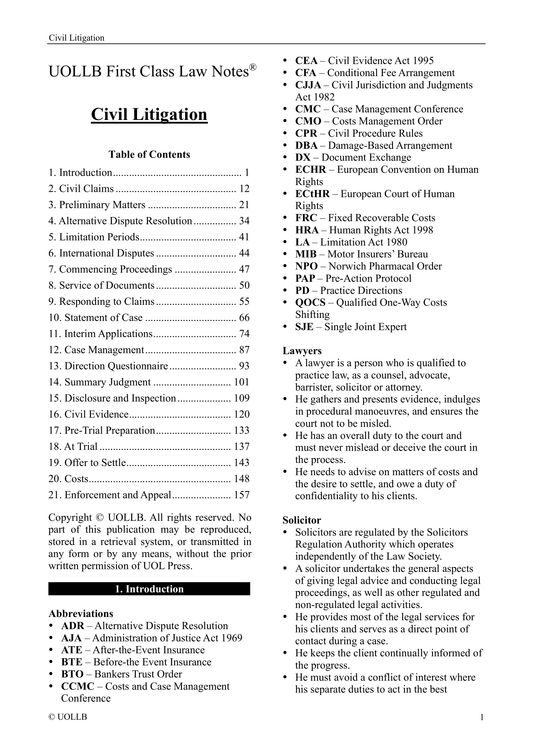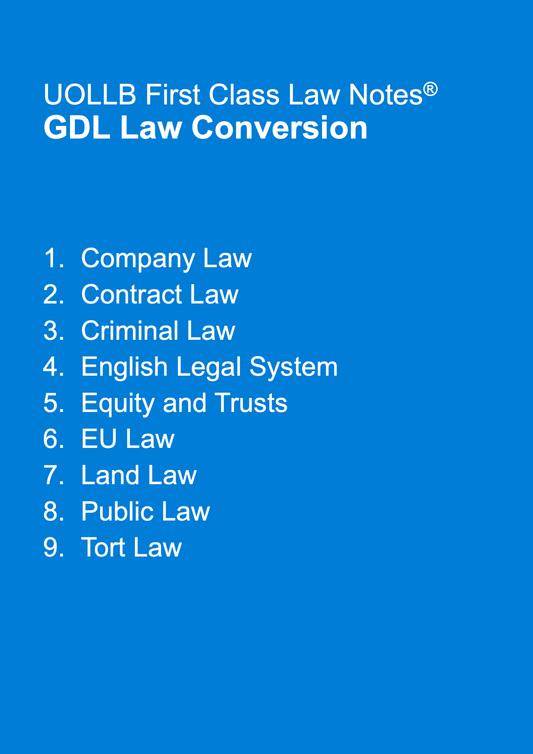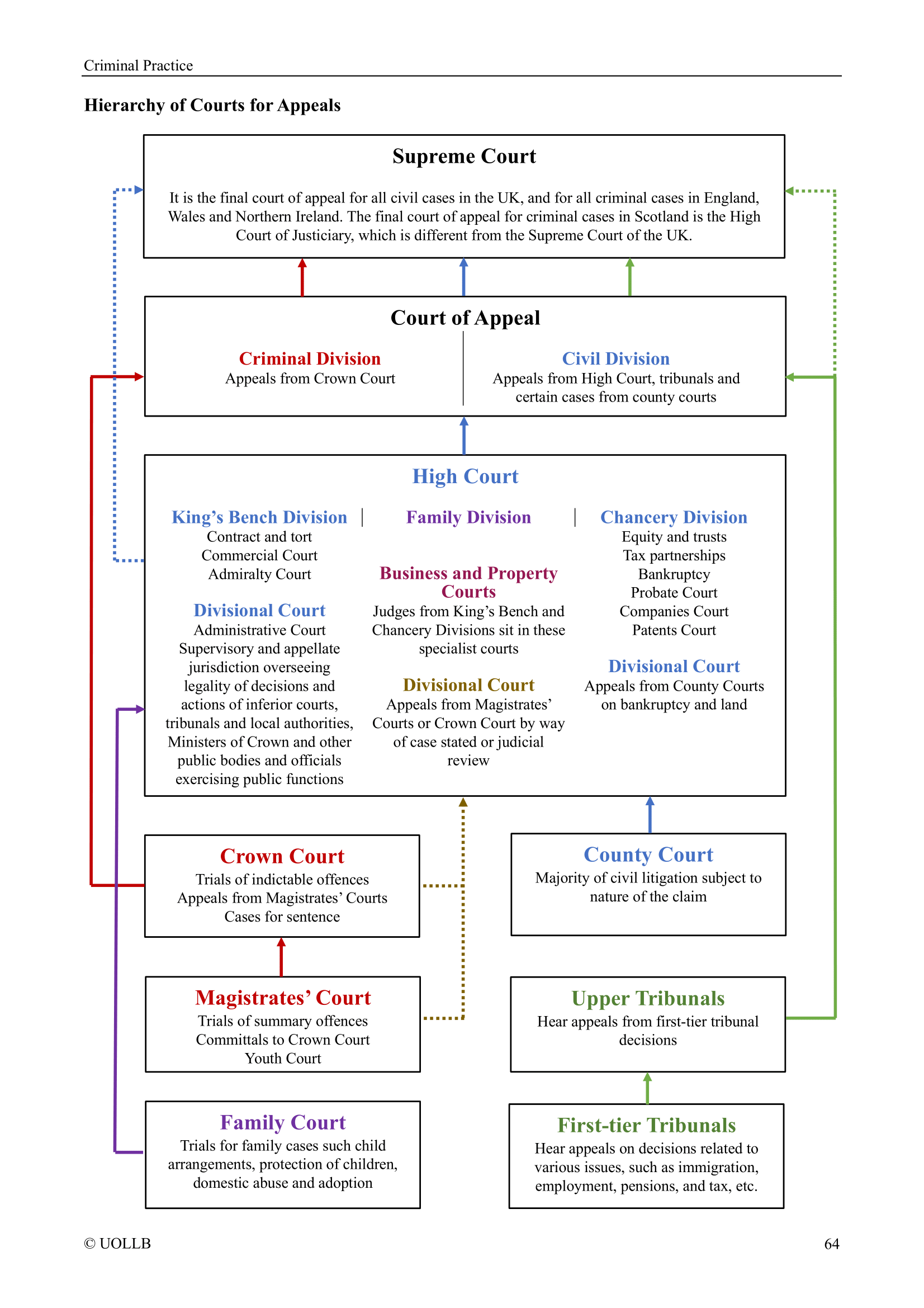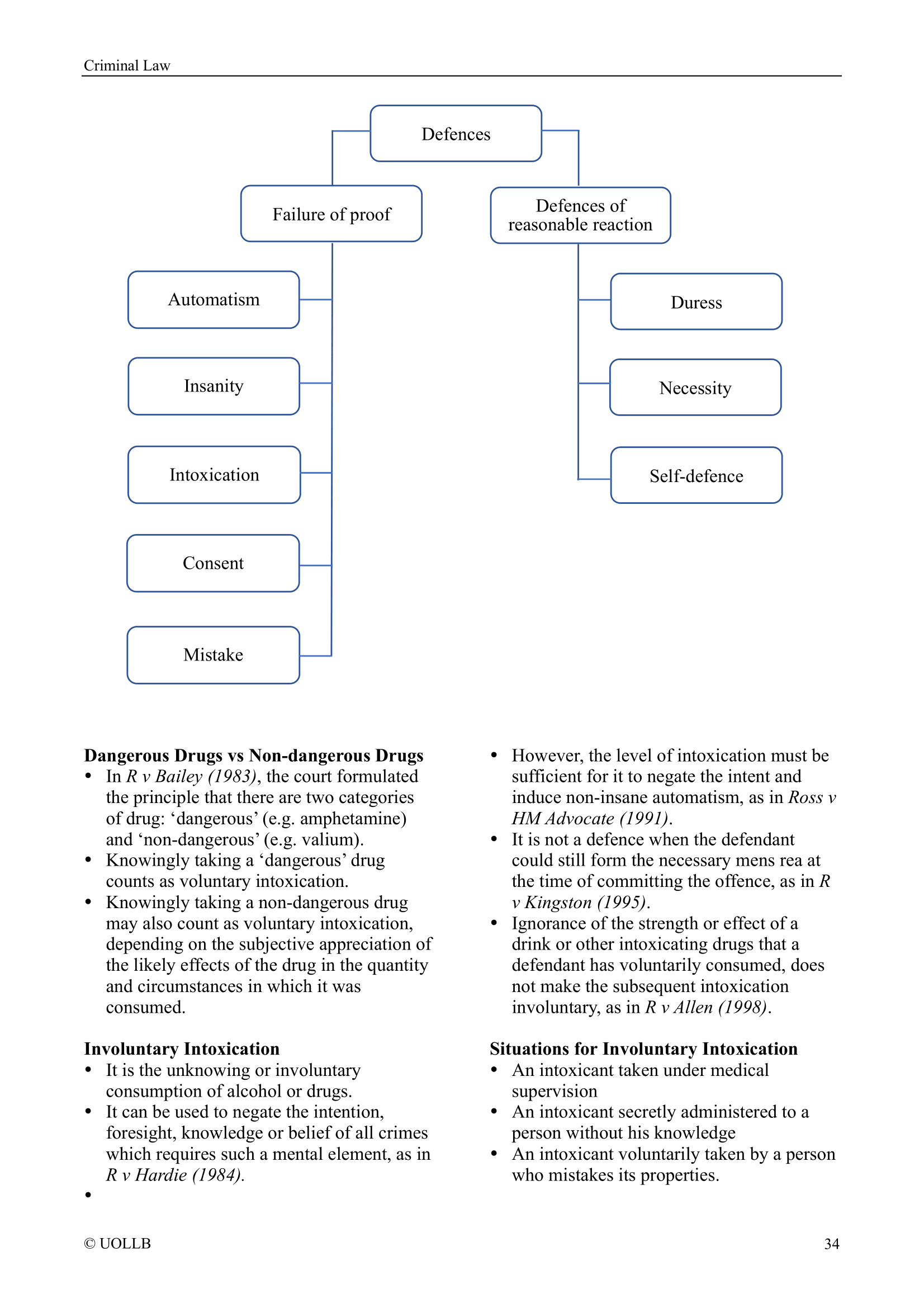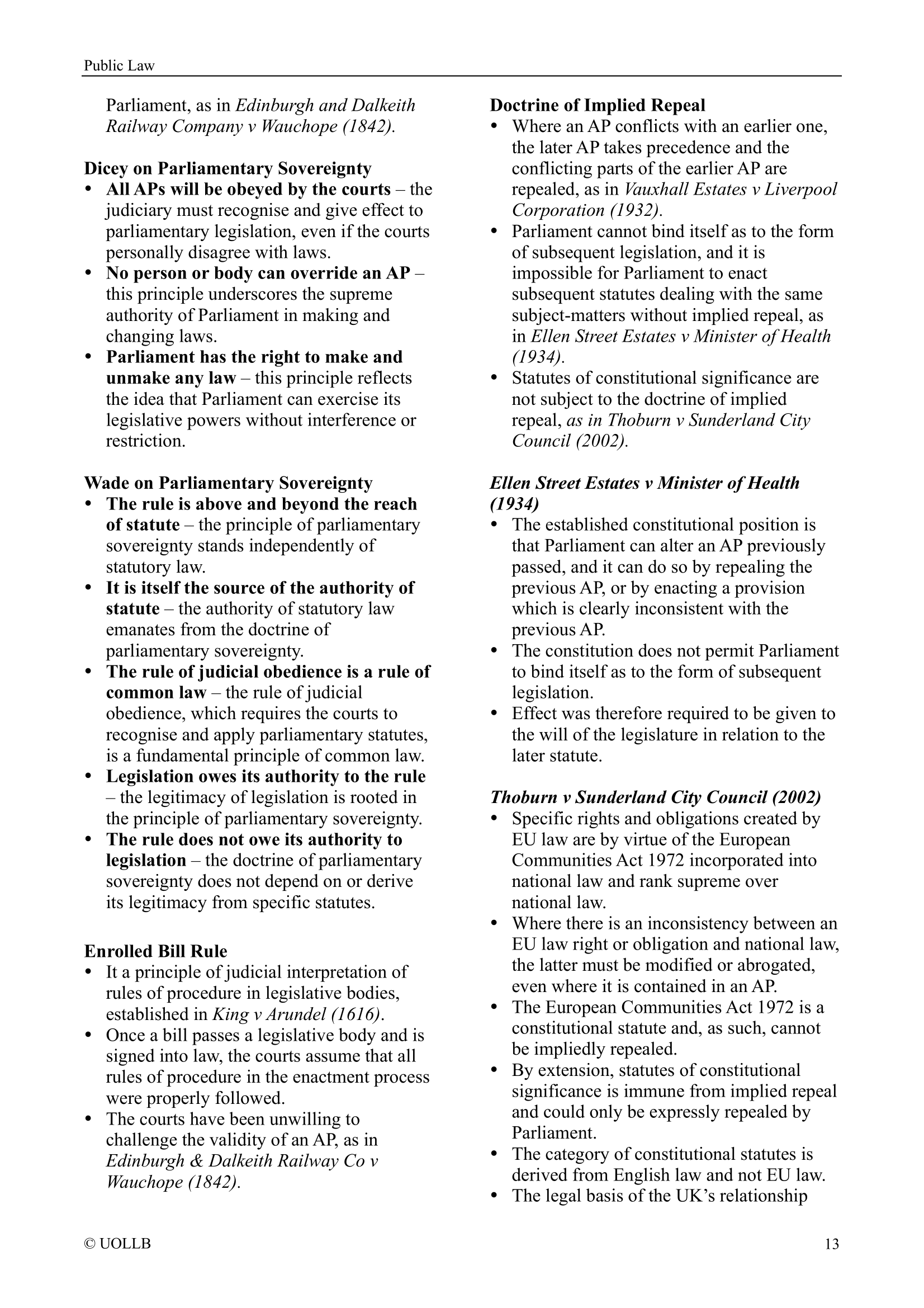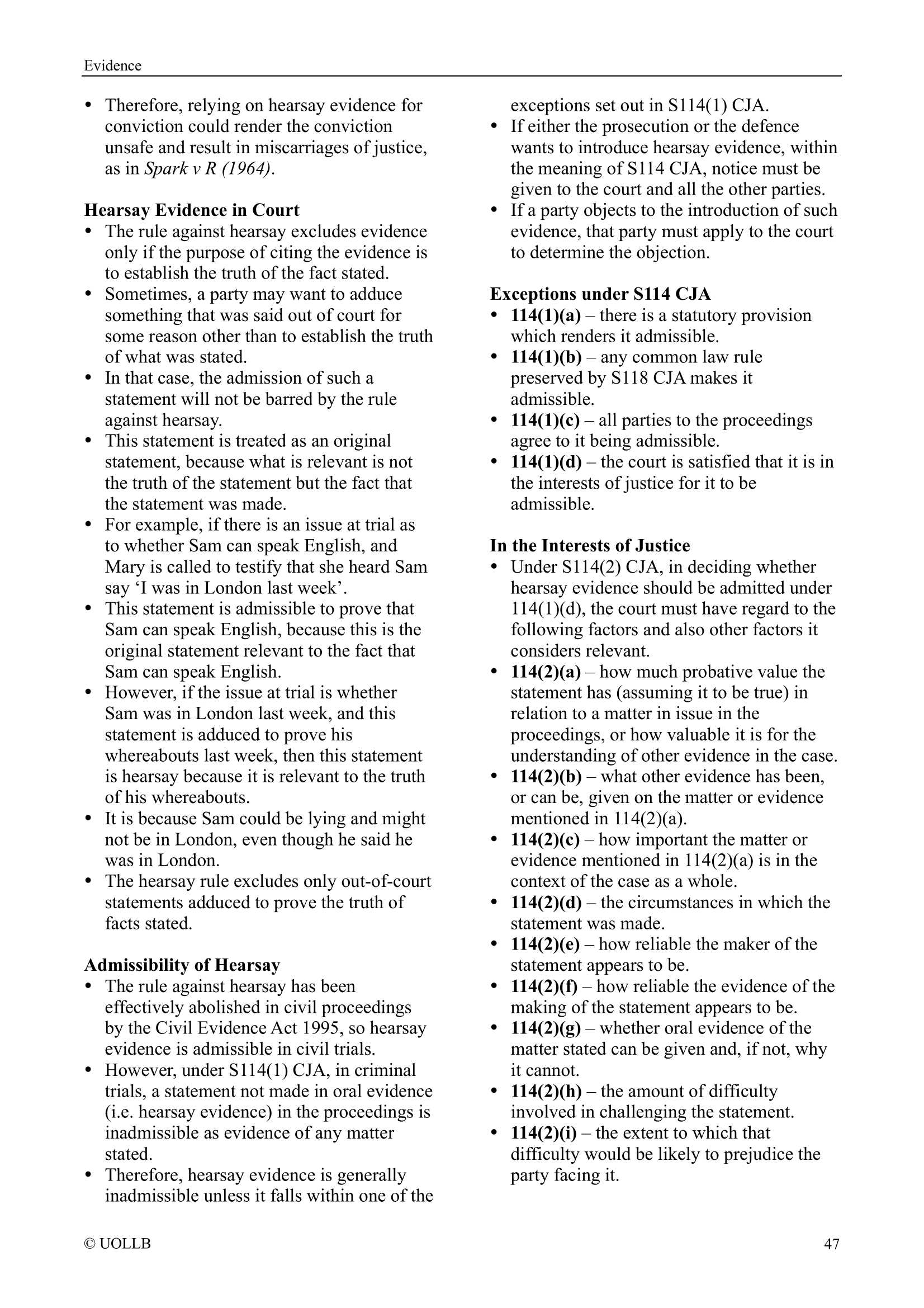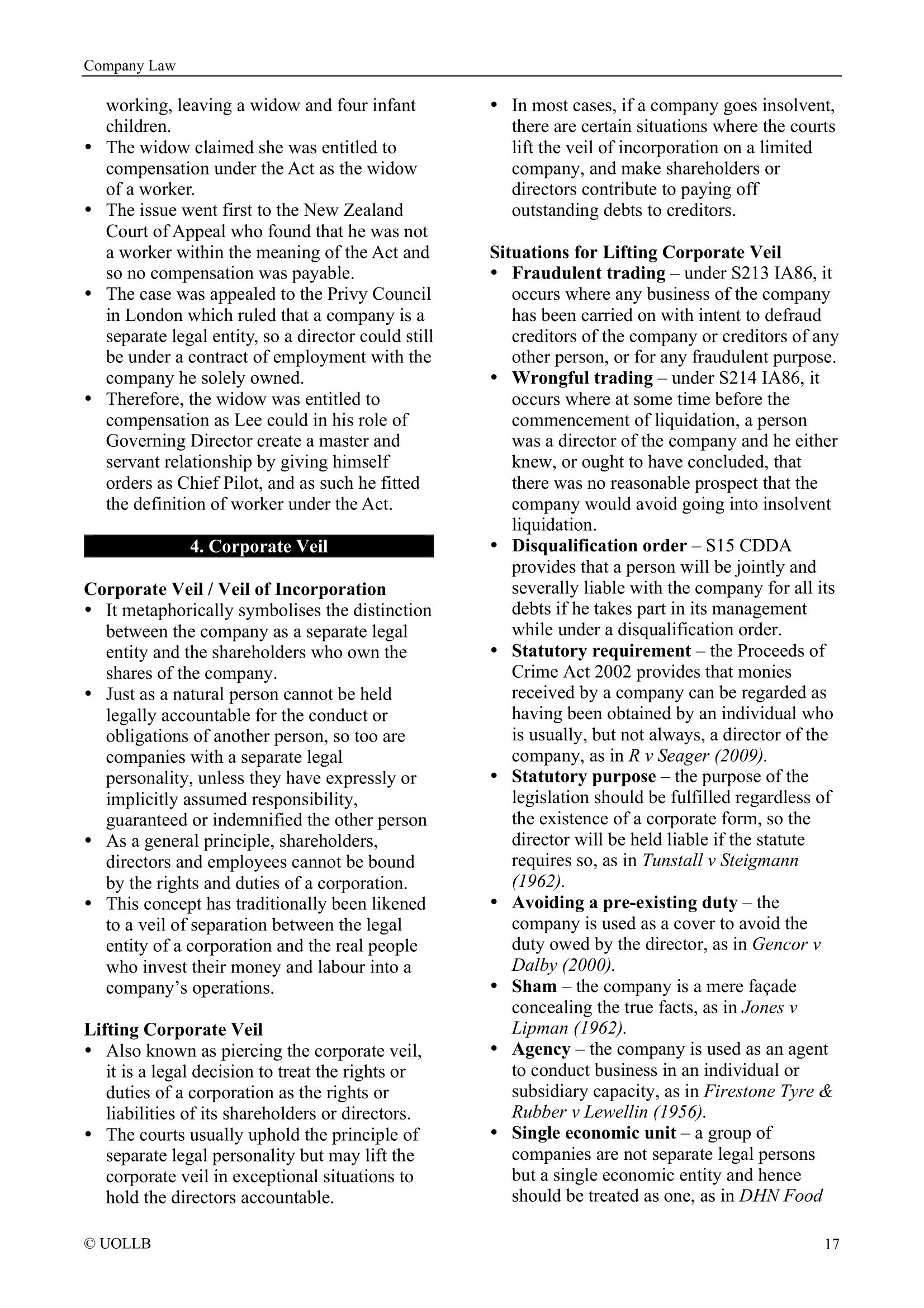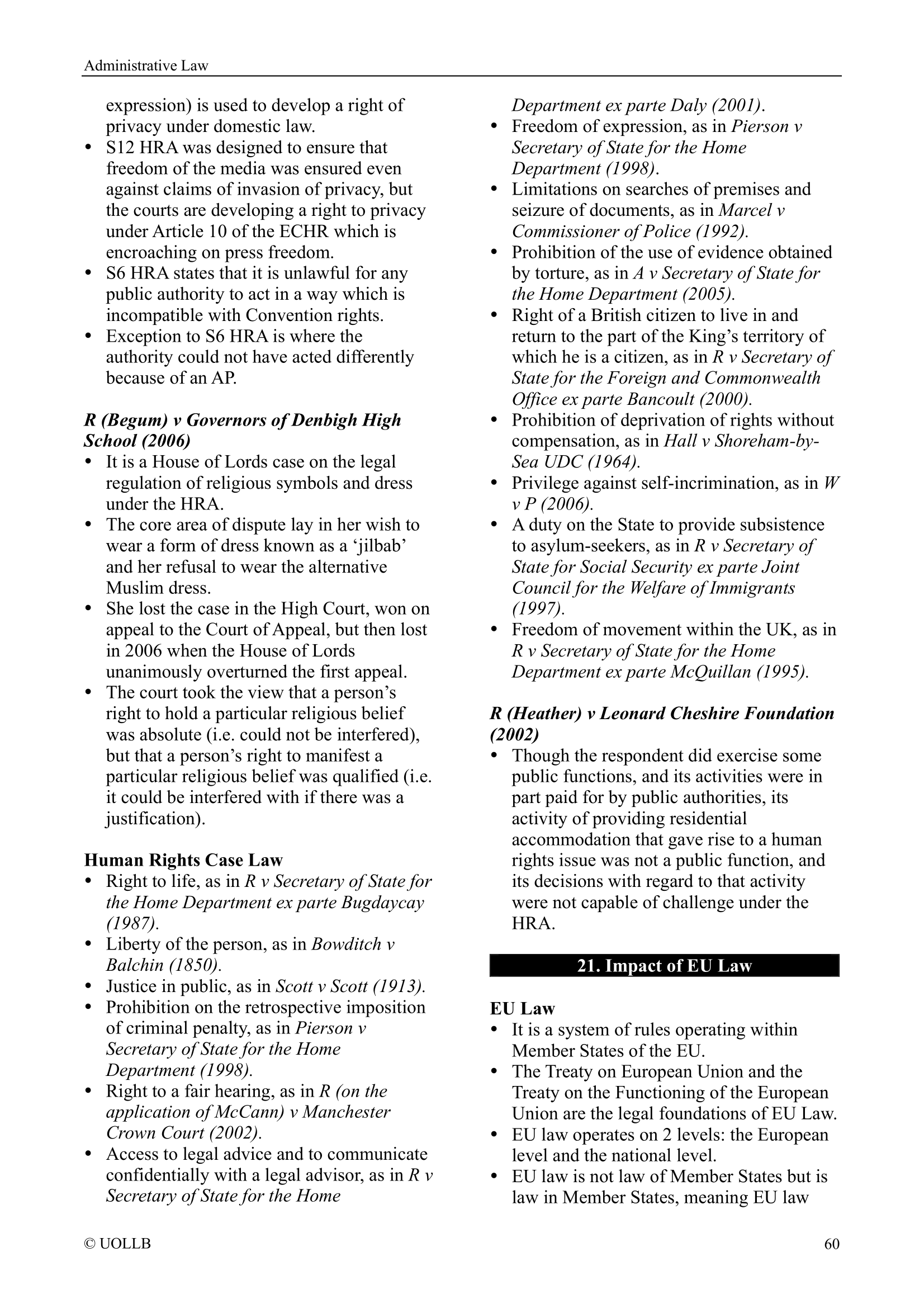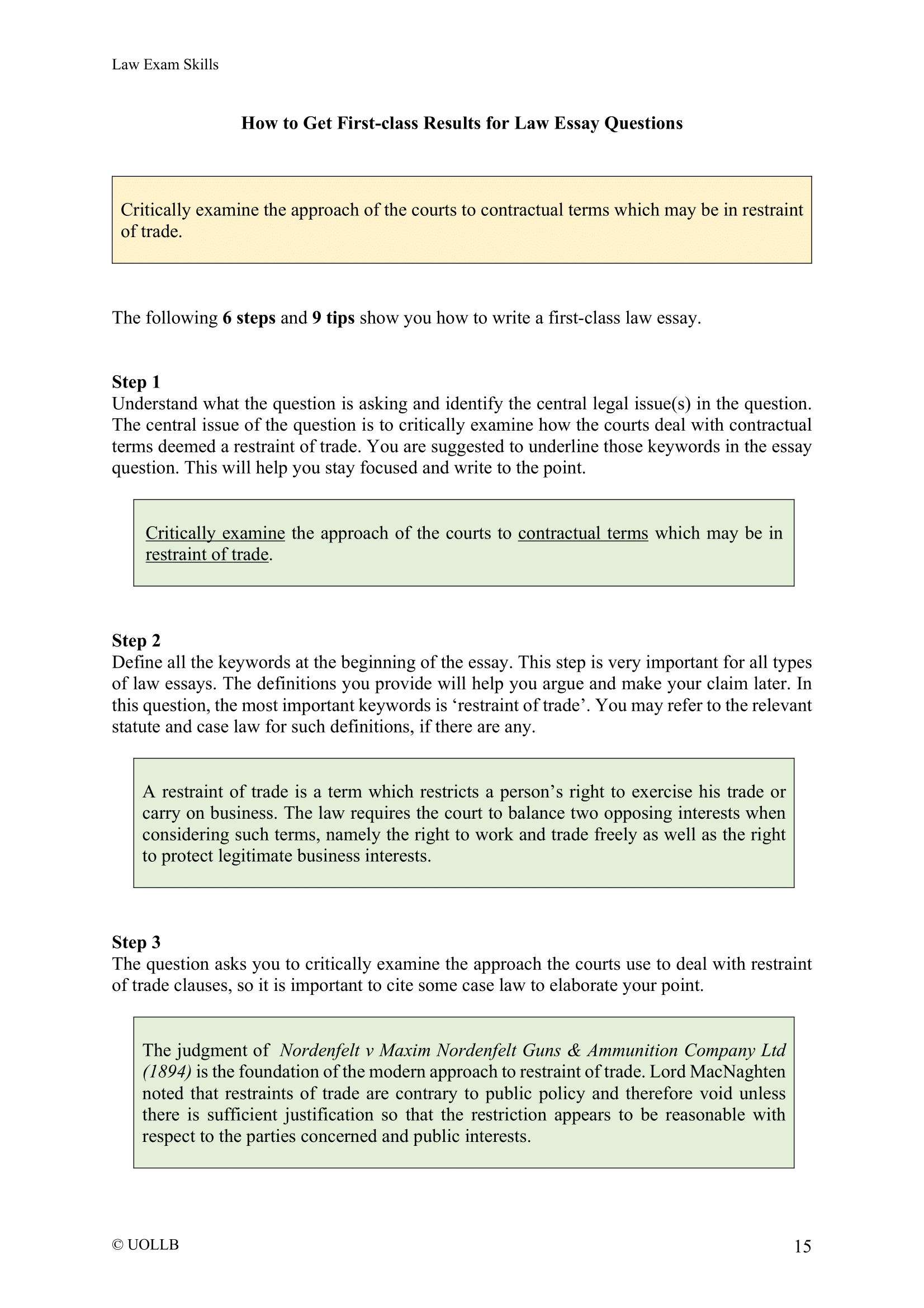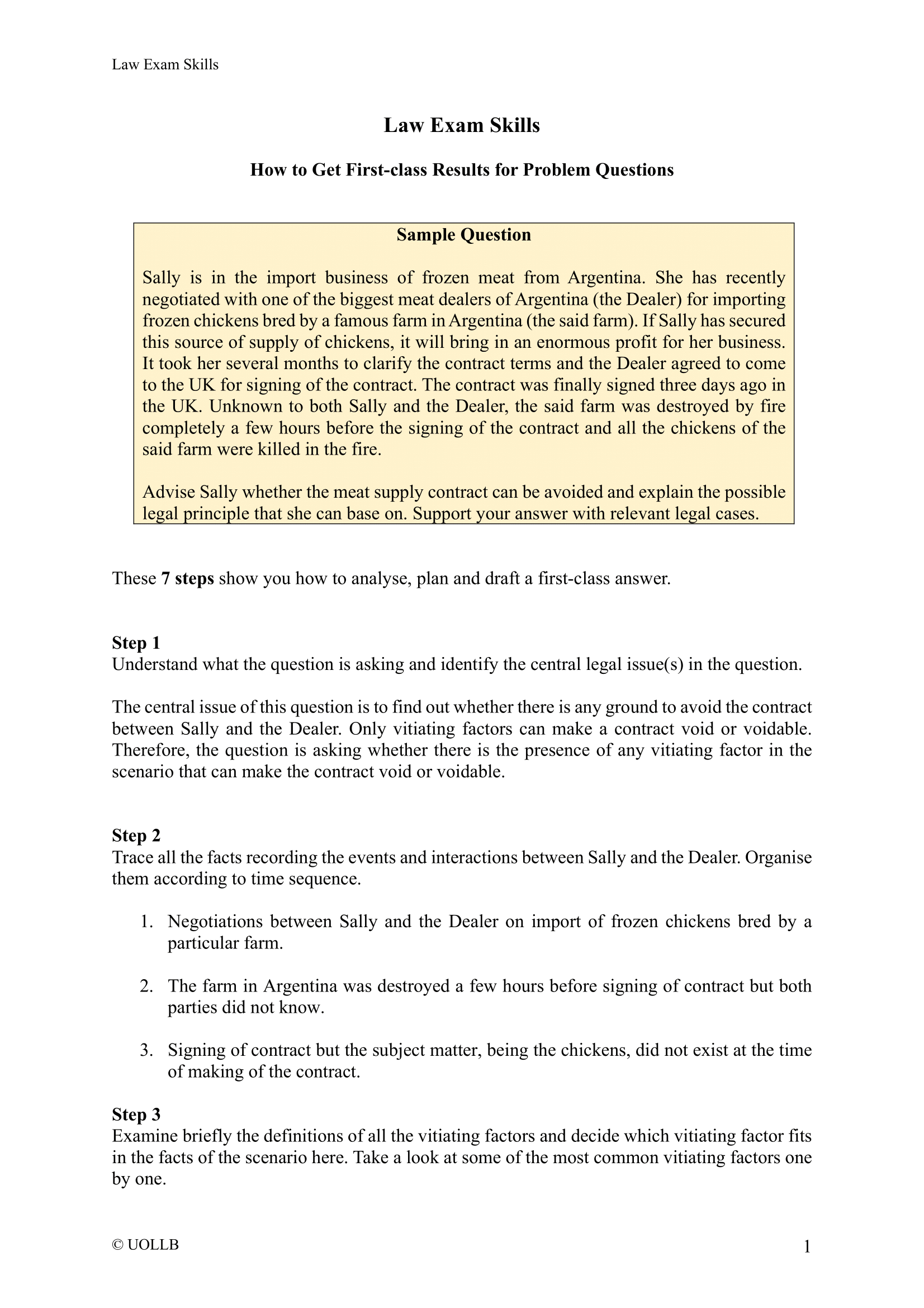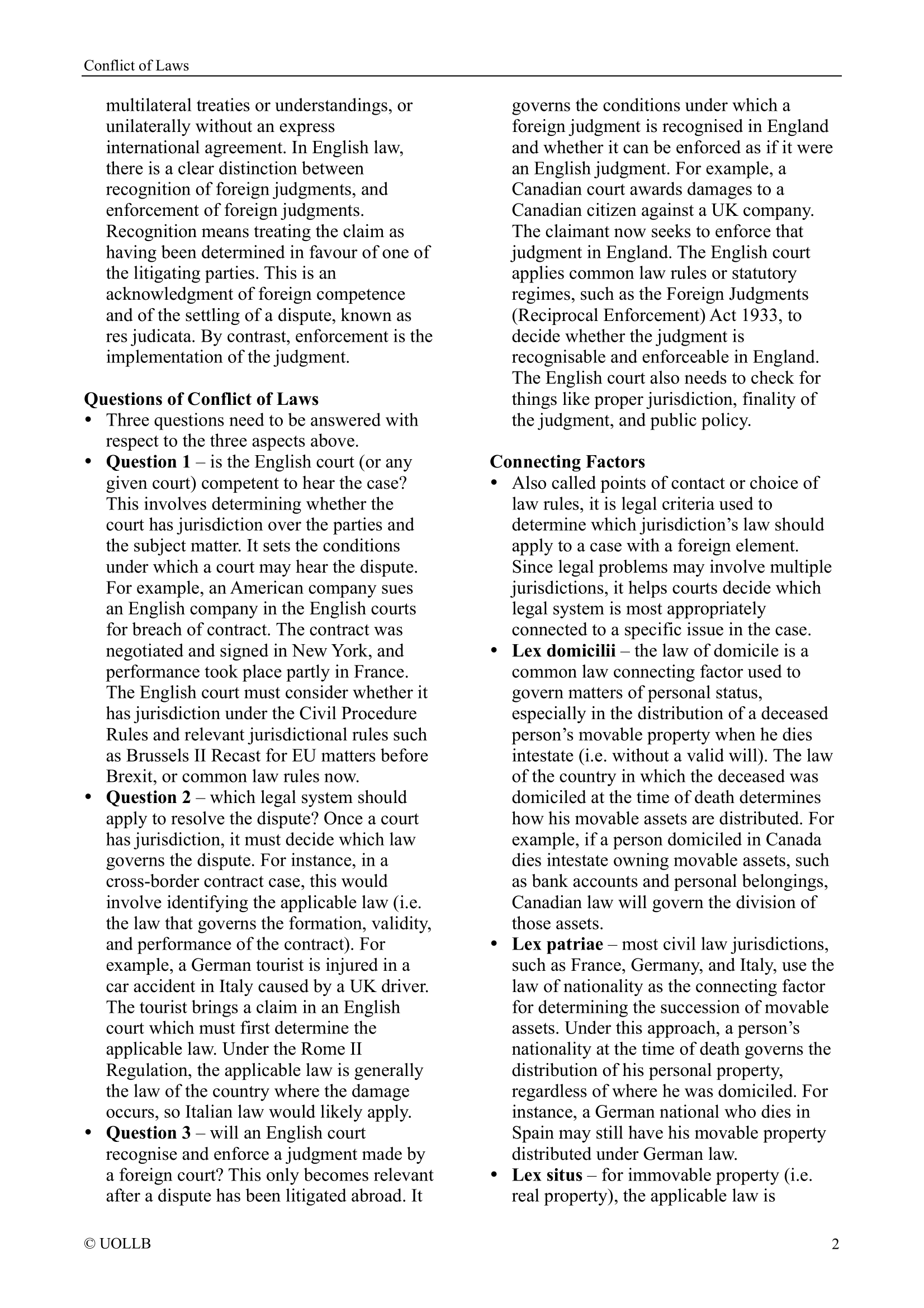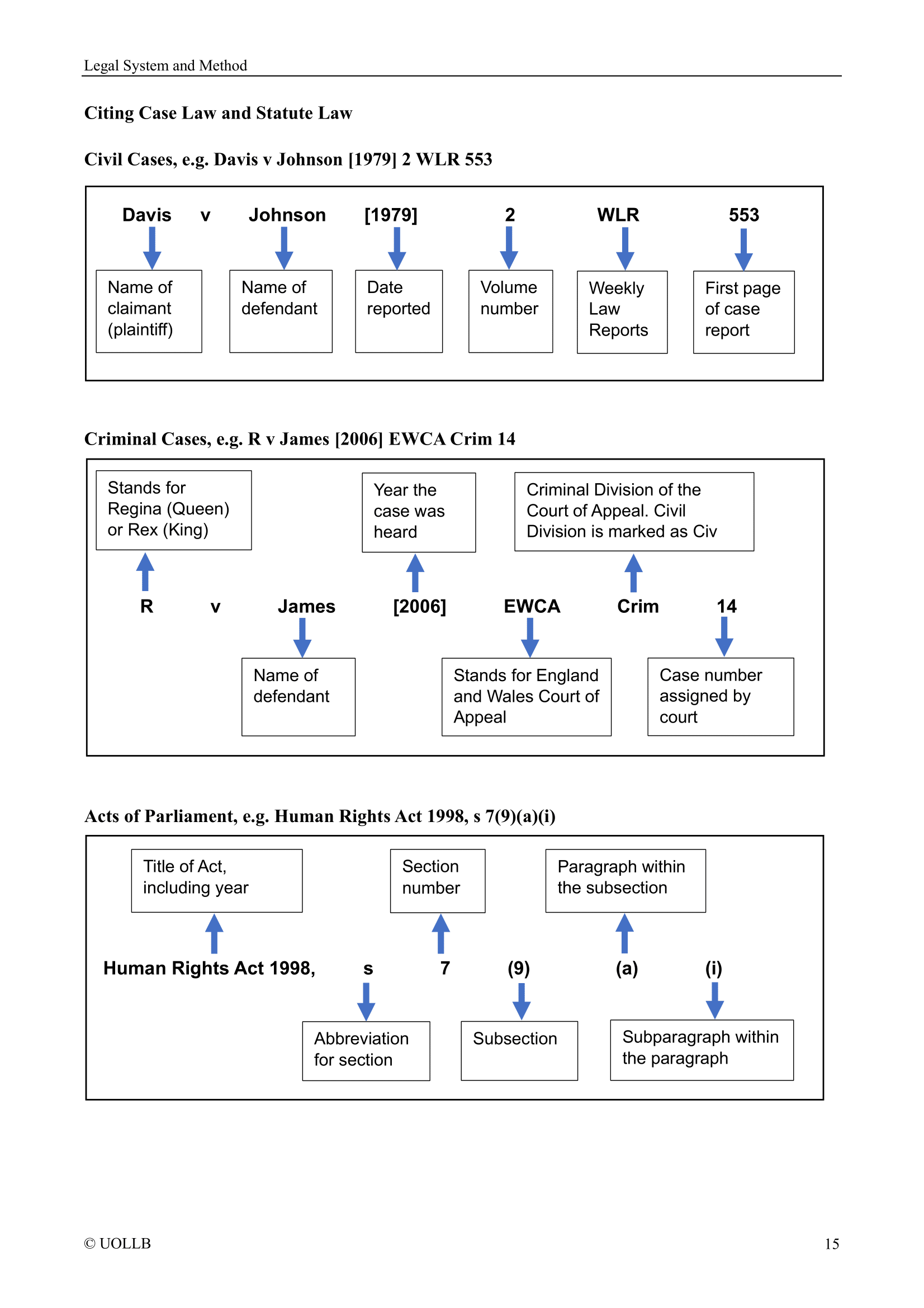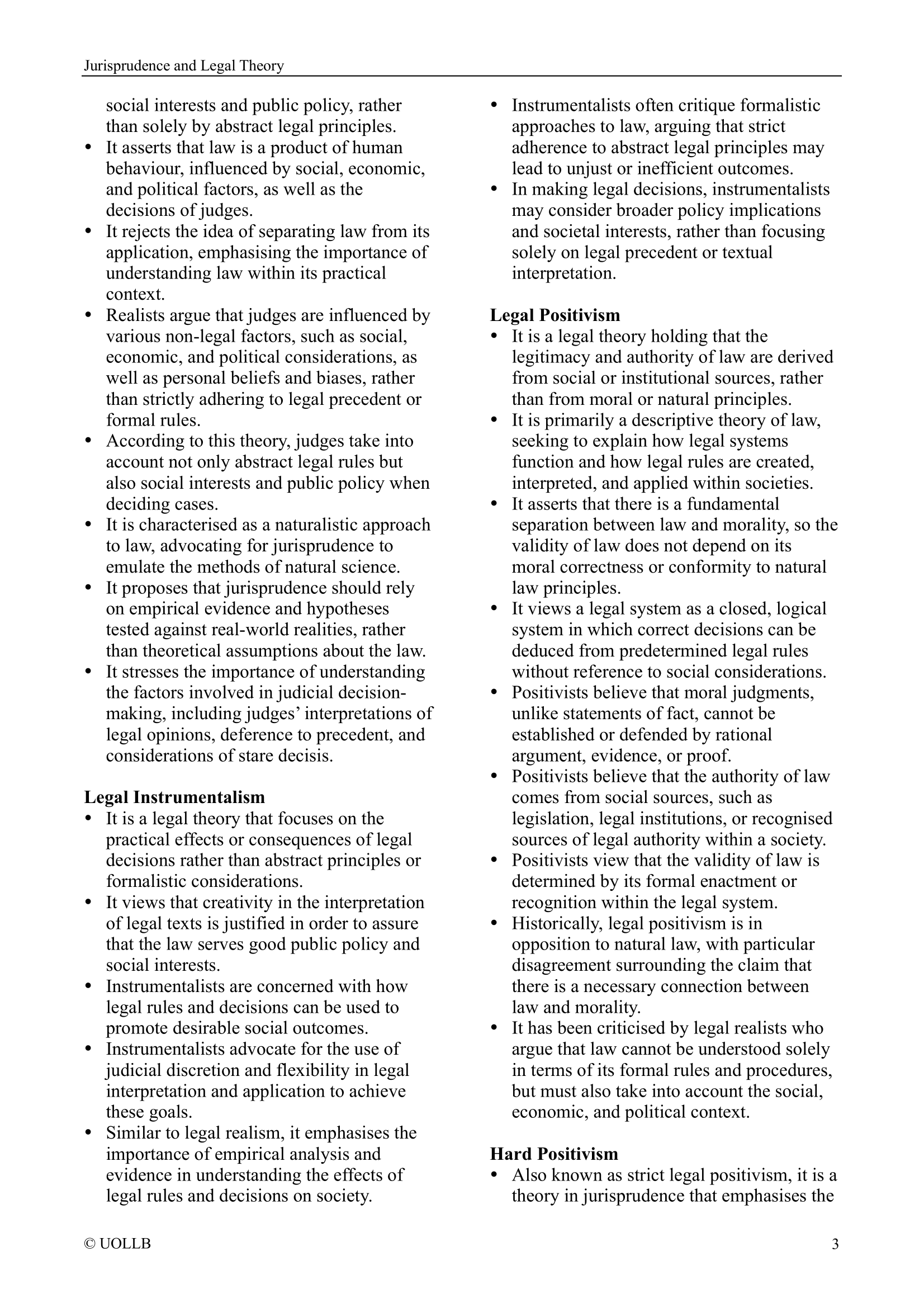Separation of Powers in United States
Share
The principle of separation of powers is a fundamental aspect of the United States' constitutional framework. It refers to the division of powers among three separate branches of government: the legislative, executive, and judicial branches. The purpose of the separation of powers is to prevent the concentration of power in a single entity and to establish a system of checks and balances.
Legislative branch: The legislative branch is responsible for making laws. It consists of the United States Congress, which is divided into two chambers: the House of Representatives and the Senate. Congress has the power to propose, debate, and pass laws. It also has the authority to regulate commerce, levy taxes, declare war, and oversee the functioning of the federal government.
Executive branch: The executive branch is responsible for implementing and enforcing laws. It is headed by the President of the United States, who is the chief executive. The President is responsible for executing laws, commanding the military, conducting foreign relations, and managing the day-to-day affairs of the government. The executive branch also includes various departments, agencies, and commissions that assist in carrying out executive functions.
Judicial branch: The judicial branch is responsible for interpreting and applying the law. It consists of the federal courts, with the Supreme Court being the highest court in the country. The judicial branch ensures that laws are interpreted in accordance with the Constitution and resolves disputes through a system of impartial courts. It has the power of judicial review, which allows it to determine the constitutionality of laws and actions taken by the other branches of government.
The separation of powers in the United States is achieved through several mechanisms:
Checks and balances: Each branch of government has the ability to check and balance the powers of the other branches. For example, Congress can pass laws, but the President has the power to veto them. However, Congress can override a presidential veto with a two-thirds majority vote. The judiciary can declare laws unconstitutional and strike them down. The President appoints federal judges, but those appointments are subject to confirmation by the Senate.
Shared powers: While each branch has distinct powers, there is also a degree of shared authority between the branches. For example, the President can propose legislation to Congress, and Congress can pass laws that guide the implementation of executive actions. The Senate must confirm the President's nominees for key positions, such as cabinet members and federal judges.
Independence of the judiciary: The judicial branch is designed to be independent of the other branches. Federal judges are appointed for life, subject to good behaviour, to ensure they are free from political influence. This independence allows the judiciary to make impartial decisions and act as a check on potential abuses of power.
Impeachment: The Constitution provides a mechanism for the removal of officials from office through impeachment. The House of Representatives has the power to impeach federal officials, such as the President or federal judges, for high crimes and misdemeanours. The Senate conducts the trial, and if convicted, the official can be removed from office.
The separation of powers in the United States aims to prevent the consolidation of power, protect individual rights, and maintain a system of accountability. It ensures that no single branch can dominate or infringe upon the authority of the others, promoting a balance of powers and safeguarding the principles of democracy and the rule of law.
